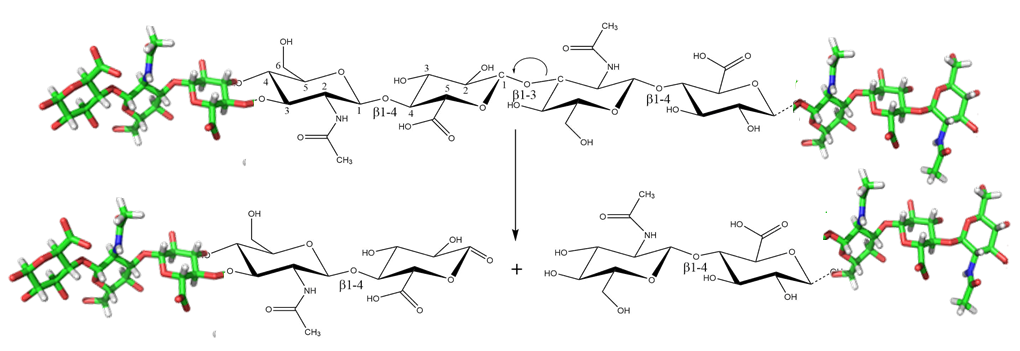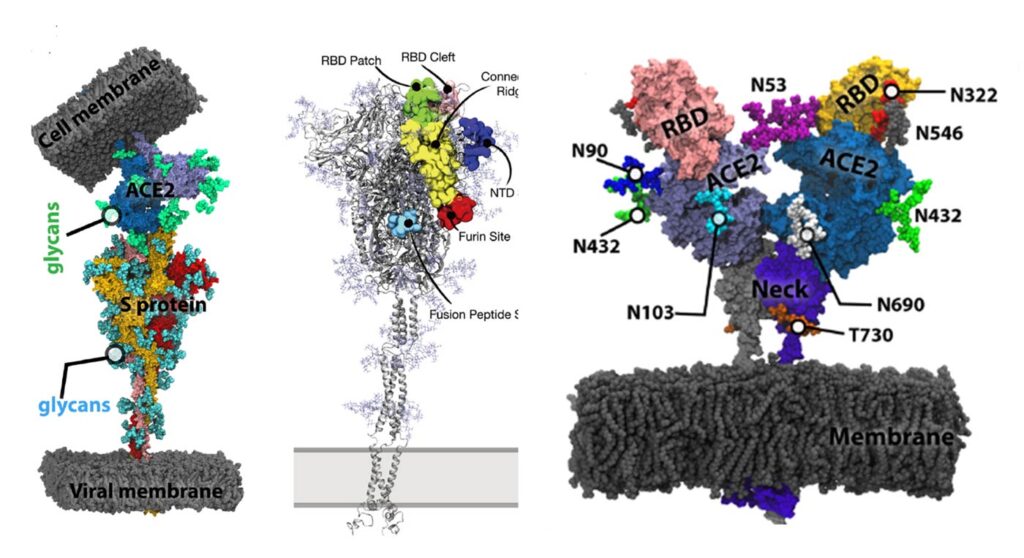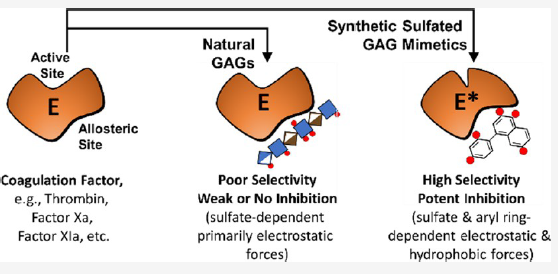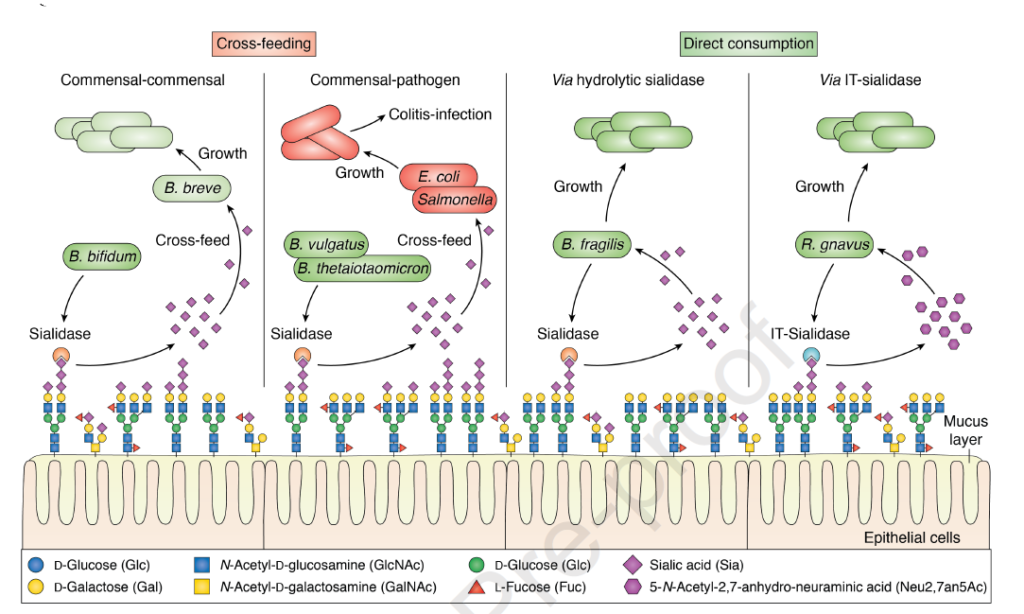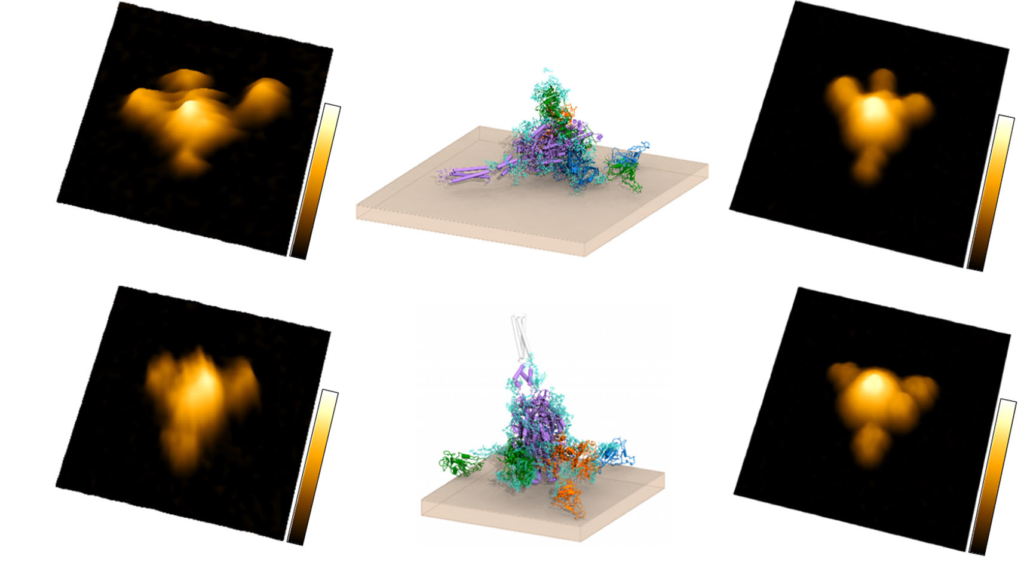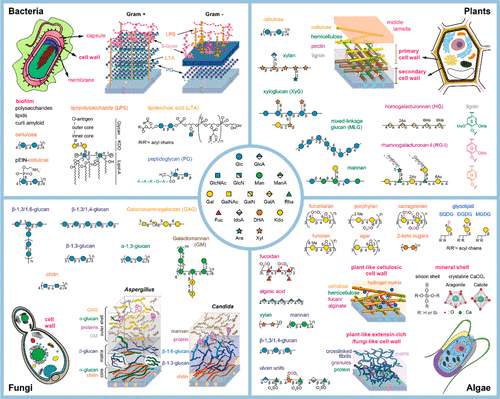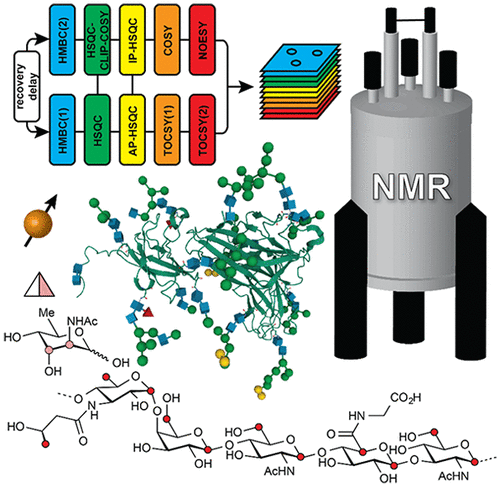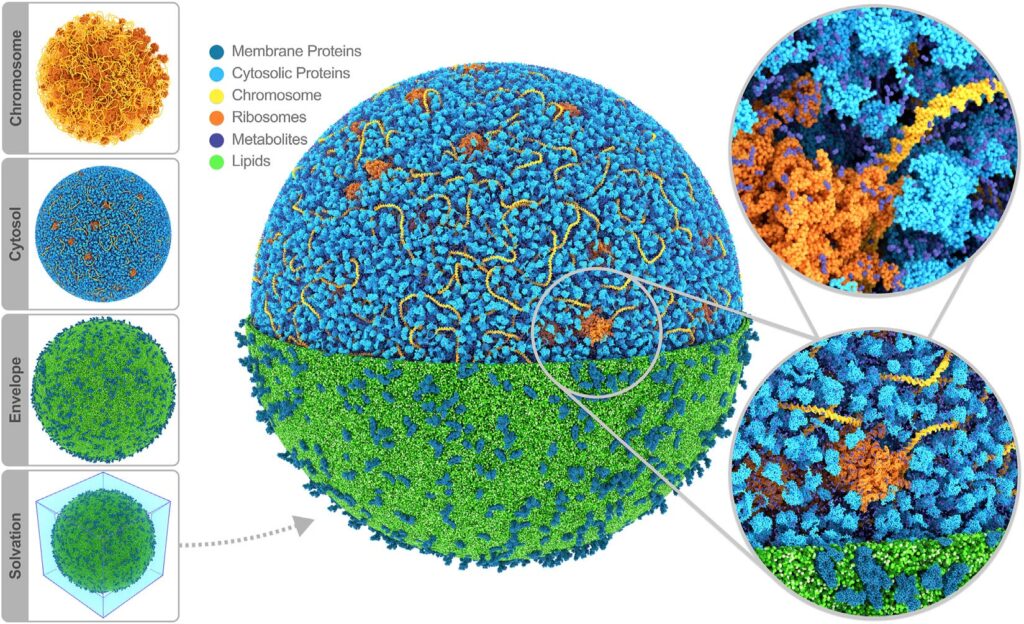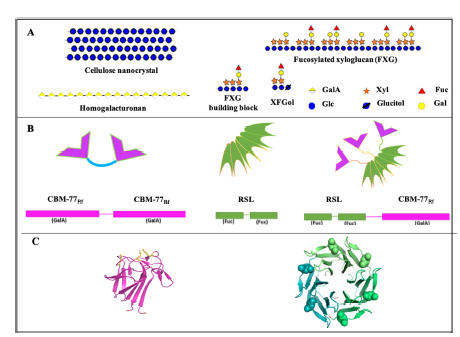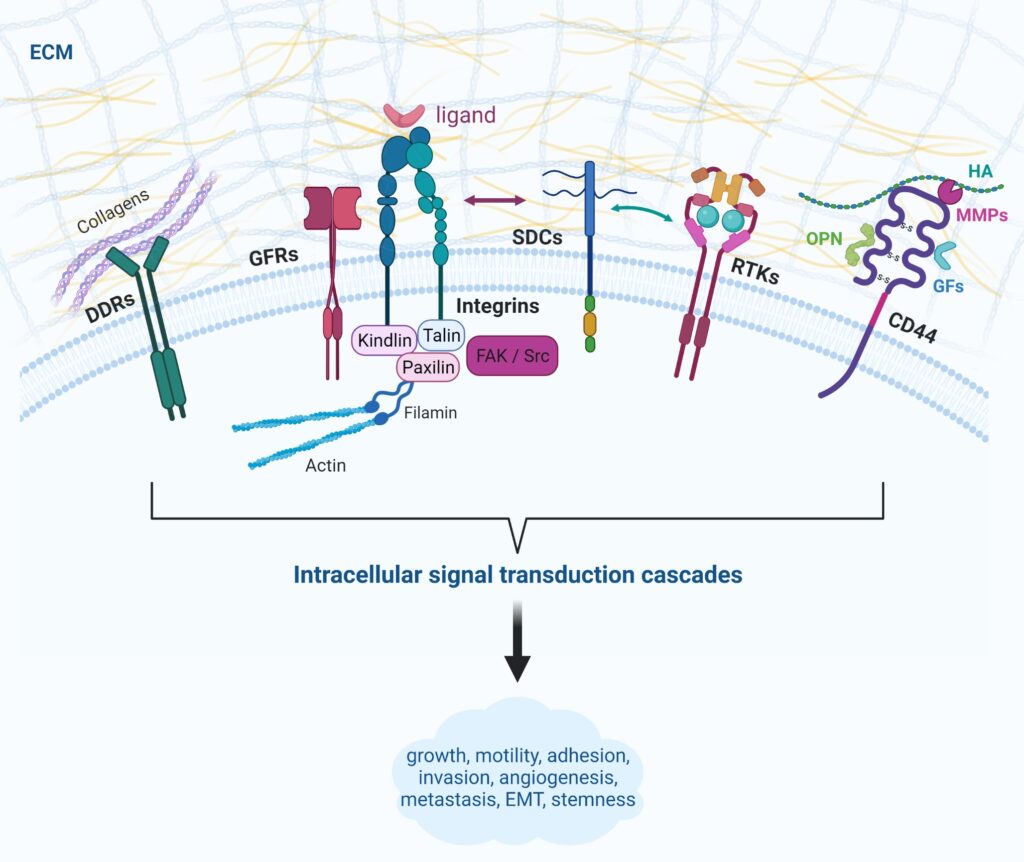News
Hyaluronan (HA) is a naturally occurring non-sulfated glycosaminoglycan (GAG) localized to the cell surface and...
Glycosylation is one of the post-translational modifications, with more than 50% of human proteins being...
Glycosaminoglycans (GAGs) are arguably the most diverse collection of natural products. Unfortunately, this bounty of...
Within the context of a European Cooperation in Science and Technology Action (INNOGLY), scientists of...
The human gastrointestinal (GI) tract harbours diverse microbial communities collectively known as the gut microbiota,...
Rhamnogalacturonan I (RGI) is a structurally complex pectic polysaccharide with a backbone of alternating rhamnose...
Lectins are non-immunoglobulin and non-catalytic glycan-binding proteins that are able to decipher the structure and...
Nonulosonic acids or non-2-ulosonic acids (NulOs) are an ancient family of 2-ketoaldonic acids(α-ketoaldonic acids) with...
Recent waves of COVID-19 correlate with the emergence of the Delta and the Omicron variant....
The problem of fisheries waste has increased in recent years and has become a global...
The review highlights the recent high-resolution investigations of intact ECMs and native cells in many...
Glycans, carbohydrate molecules in the realm of biology, are present as biomedically important glycoconjugates, and...
The ultimate microscope, directed at a cell, would reveal the dynamics of all the cell’s...
The cell wall constitutes a fundamental structural component of plant cells, providing them with mechanical...
Extracellular matrixes (ECMs) are intricate 3-dimensional macromolecular networks of unique architectures with regulatory roles in...

